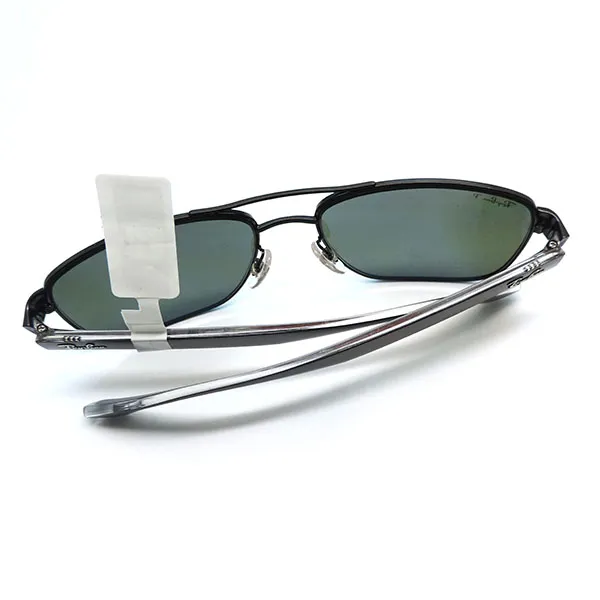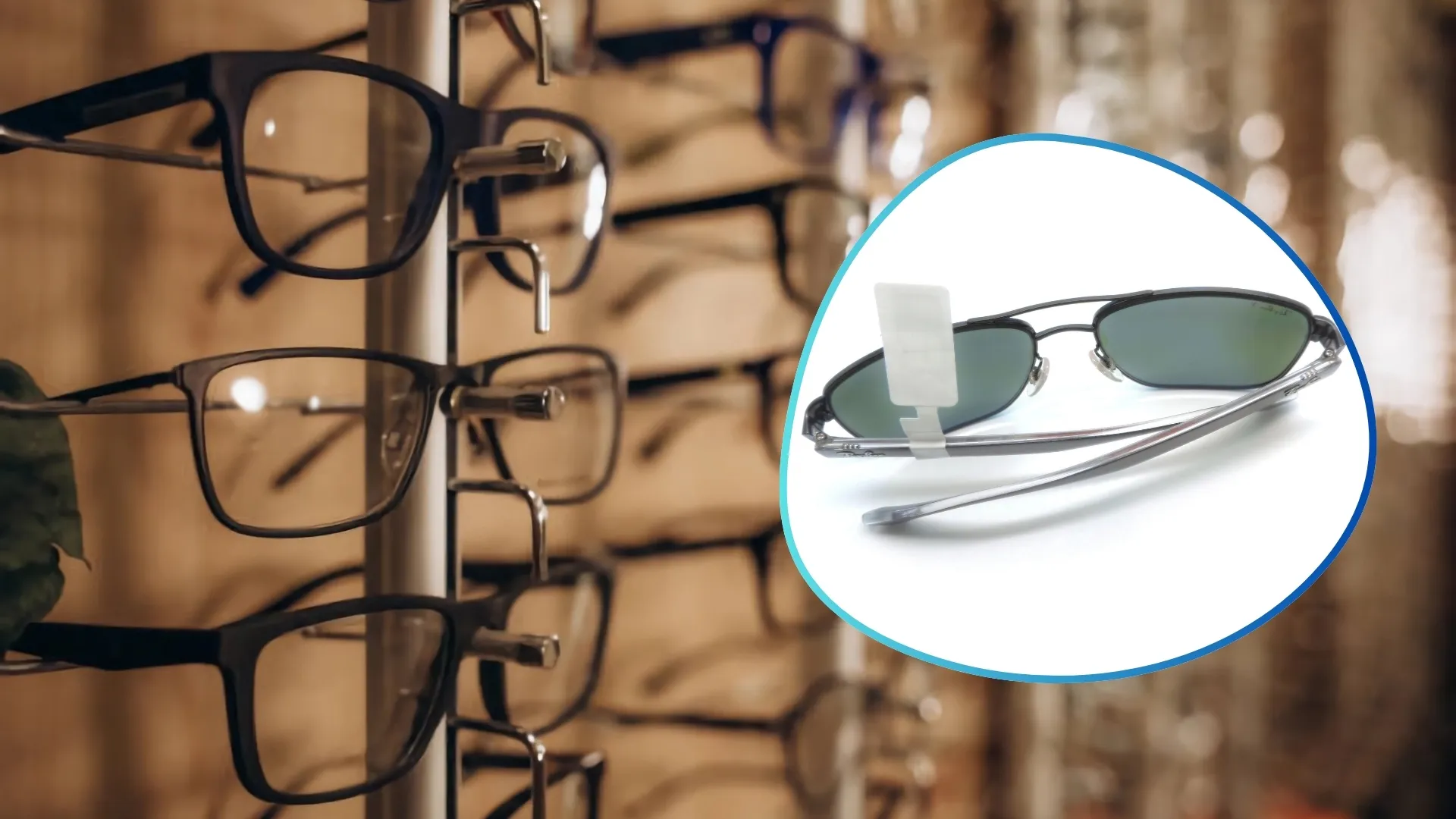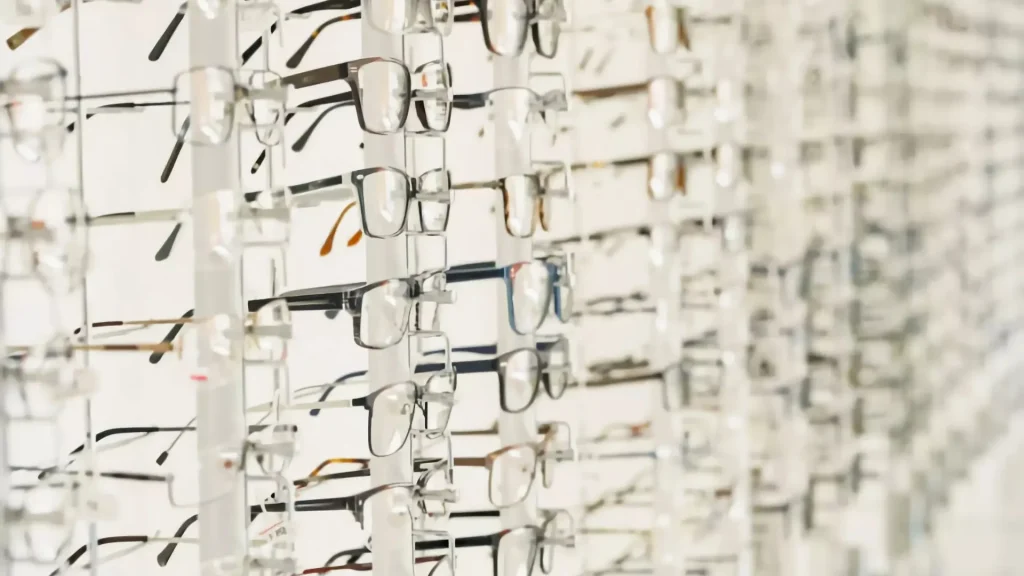RFID for Eyewear
The eyewear industry, known for its vast product variety and rapid turnover, faces unique challenges in inventory control, loss prevention, and retail efficiency. Radio Frequency Identification (RFID) technology offers an innovative and effective solution for managing eyewear products throughout the retail cycle. From improving inventory accuracy to streamlining operations, RFID is transforming how optical retailers operate.
RFID for Eyewear Management
Eyewear retailers and optical chains handle thousands of SKUs across frames, sunglasses, and lenses. Traditional inventory systems rely heavily on manual processes, which are time-consuming and error-prone. By integrating RFID into eyewear management, retailers gain the ability to track each item individually and in real time.
RFID tags attached to eyeglass frames or packaging allow for seamless identification and tracking. This enables instant access to critical product data—such as location, availability, and sales history—without requiring line-of-sight scanning or manual counting. Whether in-store, in storage, or in transit, every product’s journey is traceable, reducing inventory errors and operational inefficiencies.
Benefits of RFID Technology in the Eyewear Industry
- Enhanced Inventory Accuracy
RFID technology offers real-time monitoring of stock, helping retailers maintain accurate inventory levels and reduce shrinkage. It supports automatic stocktaking and prevents both overstock and out-of-stock scenarios. - Improved Loss Prevention
By continuously tracking the location of each item, RFID helps reduce losses due to theft or misplacement. This is particularly valuable for high-value or luxury eyewear products. - Product Authentication
RFID tags can carry product authentication data, ensuring genuine products are sold and protecting premium eyewear brands from counterfeit risks. - Faster Store Operations
With RFID, tasks such as receiving goods, conducting inventory checks, and locating specific products can be completed in minutes rather than hours—freeing up staff for customer-focused tasks. - Better Customer Experience
Customers benefit from more accurate stock information, reduced waiting times, and interactive retail experiences, such as smart mirrors or self-checkout stations using RFID technology.
HUAYUAN RFID Tags for Eyewear
HUAYUAN offers a versatile range of RFID tag solutions tailored to the diverse needs of the eyewear industry—from traditional paper-based labels to advanced micro RFID tags.
Traditional RFID Tag Solutions for Eyewear
For many eyewear retailers, classic RFID tags remain a practical choice. HUAYUAN provides standard RFID tags made from paper, PET, or synthetic materials that can be easily attached to eyewear packaging or accessories. These tags are ideal for bulk inventory tracking, warehousing, and back-of-house management.
Traditional tags offer:
- Cost-effective inventory control across large volumes of eyewear
- Ease of application using adhesives or hang tags
These solutions are well-suited for general retail needs where visual integration with the product is less critical.

Advanced Ultra-Small RFID Tags for Eyeglass Frames
For retailers and brands seeking a more discreet and integrated solution, HUAYUAN also offers ultra-small UHF RFID micro tags (TMC series) designed specifically for embedding into eyeglass frames. These tags are engineered for minimal visual impact and high performance—ideal for modern, luxury, or space-limited frame designs.
Key benefits include:
- Extremely compact and lightweight
- Embedded directly into frames for tamper resistance
- Enhanced durability and data security features
- Seamless integration into manufacturing or packaging workflows
RFID Case Study: Ultra Small RFID Tag for Eyeglass Frames
Get in Touch
Whether your priority is cost efficiency, durability, design integration, or brand protection, HUAYUAN has the RFID solution to match. Our experienced team will help you choose and customize the right tag—traditional or embedded—to fit your application, operational goals, and brand image.


